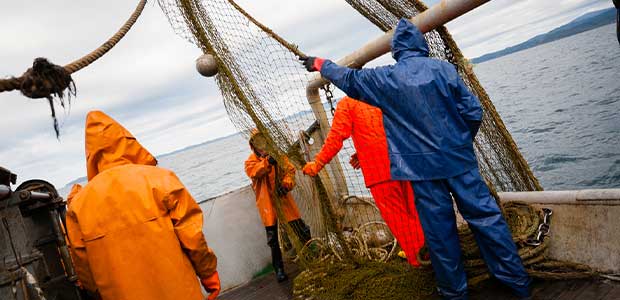
NIOSH, US Coast Guard Makes Funding Available for Safety Training, Research for Commercial Fishing
Commercial fishing is a dangerous occupation and exposes workers to many hazardous conditions.
- By Alex Saurman
- Nov 16, 2022
This week, the National Institute for Occupational Safety and Health (NIOSH) and the U.S. Coast Guard announced funding for safety research and training for commercial fishing.
According to a news release, $6 million will be available to “qualified individuals in academia, members of non-profit organizations, municipalities, and businesses involved in the fishing and maritime industries” through two grants: The Commercial Fishing Occupational Safety Research Cooperative Agreement and the Training Project Grants.
“These grants directly improve the lives and safety of those working in the maritime industry where applicants reflect the diversity of the fishing industry and clearly outline a path to enhance safety within commercial fishing nationally,” said Joseph Myers, chief of the Coast Guard’s Fishing Vessel Safety Division in the news release.
Over the course of three years, up to $975k for each grant can be allocated to organizations. Funding will be made available in the fiscal year 2023.
In what NIOSH calls “one of the most dangerous occupations in the United States,” commercial fishing can expose workers to many hazards. In fact, the fatality rate for employees in this occupation is higher than the overall average of all occupations.
According to NIOSH, from 2000 to 2015, the average fatality rate in commercial fishing was 117 deaths per 100,000 workers. The fatality rate in all industries was 4 per 100,000 workers. The two incidents that resulted in the most fatalities from 2000 to 2015 were vessel disasters and falls overboard, according to NIOSH.
Applications are due by January 31, 2023.
About the Author
Alex Saurman is a former Content Editor for Occupational Health & Safety,who has since joined OH&S’s client services team. She continues to work closely with OH&S’s editorial team and contributes to the magazine.